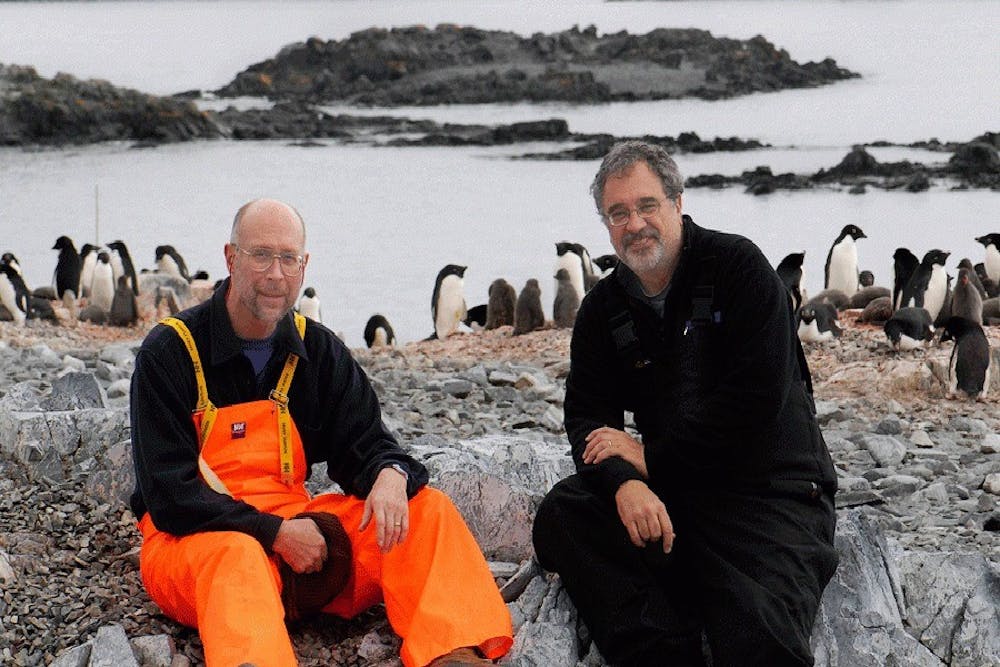By Lauren Oliver, For The Miami Student
Miami University Distinguished Professor of Biology Richard Lee, along with a team of accomplished researchers, recently completed the genome sequencing of a native Antarctic insect whose unique nature and processes could lead to improved methods of issues like the preservation of human organs.
Lee traveled to Anvers Island, Antarctica nearly 35 years ago as a part of his postdoctoral research at the University of Houston to study the Antarctic midge fly, which has the smallest genome sequence of any insect known to-date.
After studying the Antarctic midge, Lee and his team of about 45 people discovered the insect was adapted to survive various environmental stresses. The fly larvae can be frozen solid, live up to several weeks without oxygen, withstand extreme dehydration and lose 70 percent of its body weight - and still survive.
In 2005, Lee, along with David Denlinger, Distinguished University Professor at Ohio State University, received funding from the National Science Foundation to continue working on the project. As part of this research, Lee and Denlinger sequenced the midge's genome, which will allow new investigations of the role of specific proteins that allow this fly to survive extreme conditions.
"The genome helps us to understand the ways that this fly tolerates these different types of stress," Lee said.
Nick Teets, formerly an undergraduate in Lee's research lab, became involved with the Antarctic midge study shortly before graduating from Miami University, and then dedicated a large portion of his PhD dissertation at Ohio State to the project.
"By sequencing the genome, we now have the full complement of DNA sequence for the midge, and have annotated and described all 13,500 genes contained in the genome," Teets said.
In early 2014, the genome was finally sequenced, and not only were the secrets about the midge's extreme lifestyle revealed, but other pertinent information about its biology, as well.
"The most conspicuous aspect of the midge genome was its small size," Teets said. "The midge only has 99 million base pairs, and most small genomes belong to parasitic insects that rely on their host for a number of functions. However, the midge has somehow lost much of its noncoding 'junk' DNA while still retaining a full complement of genes that code for proteins."
Although Teets said he believes some may find studying a single midge species on the bottom of the world to be trivial, he maintains the information gathered from this species can benefit humans as well.
"First, understanding the environmental physiology of this species can help predict how Antarctica's fragile ecosystems will respond to global environmental change," he said. "Second, this species lives encased in ice for up nine months a year, and understanding the mechanisms of this process could allow us to improve strategies for cryopreservation of human organs used in transplants."
Enjoy what you're reading?
Signup for our newsletter
Lee noted other important aspects of the project.
"We want to make a connection between our science and children's learning," Lee said. "We plan to publish articles in teaching journals to help present the findings from our research in a proper context for students of various grade levels."
The genome was officially published several weeks ago, and Lee and Denlinger recently received another four-year grant from the National Science Foundation to continue studying the midge. Although the genome is already sequenced, they plan to continue working on the project.
"Scientific research is never done," Lee said. "When you finish one [project], it raises other questions; that's the neat thing about science."




